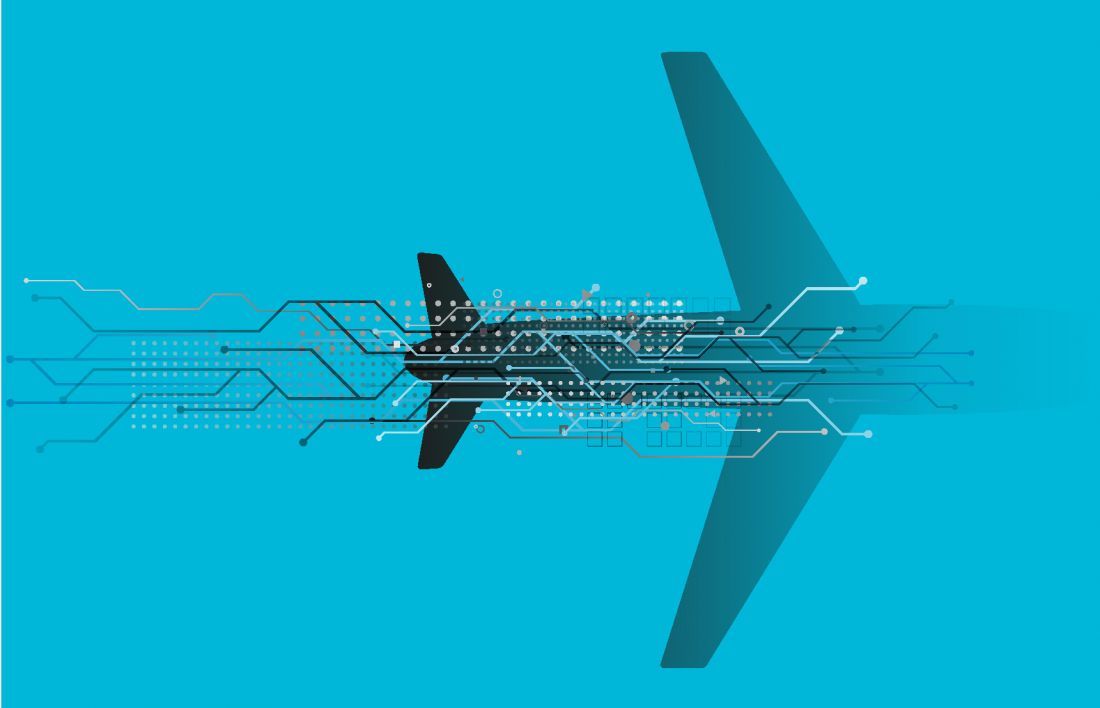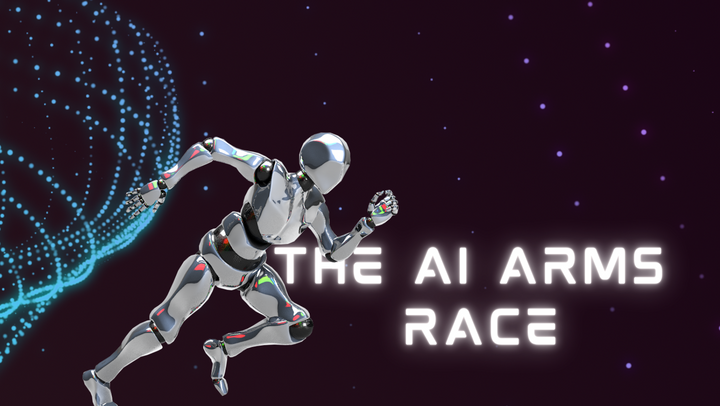Pilot Powered By AI Navigates Crowded Airspace

A team of researchers at Carnegie Mellon University have developed the world's first AI pilot that can navigate crowded airspace.
A team of researchers at Carnegie Mellon University believe they have developed the first AI pilot that enables autonomous aircraft to navigate crowded airspace. The AI pilot is based on technologies that enables the aircraft to see and avoid obstacles, as well as communicate with air traffic control.
Using visual flight rules (VFR), the AI pilot has been successful in detecting other aircraft using six cameras and a computer vision system in simulation exercises. Using their technology, the team aims to have the AI pilot be indistinguishable from a human pilot and interact with other aircraft just as a human pilot would.
The team tested the AI pilot using two stimulators in stimulated airspace, one controlled by AI and the other controlled by a human. The AI pilot that was controlled by a human, untrained in piloting, the aircraft passed the stimulators, showcasing that the AI pilot was able to manoeuvre itself through the air without assistance.
“We believe we could eventually pass the Turing Test,” said Jean Oh, an associate research professor at CMU’s Robotics Institute. The Turing Test, named after English computer scientist Alan Turing, refers to a method to test an AI’s ability in mimicking behaviour equivalent to a human.
Using vision and an automatic speech recognition function equivalent to language, to communicate with other aircraft, the system encoded with behaviours has resulted in safe and sonic-compliant navigation.
The team believes that this could be a significant breakthrough for the autonomous aircraft industry, as it would allow them to fly in complex environments without the need for a human pilot. The AI pilot is currently being tested in simulated airspace, and the team hopes to begin testing it in real-world conditions within the next few years.
The aim is to develop the AI so the behaviours of their system will be indistinguishable from those of a human pilot. AI could also be used to enhance existing autopilot systems, or even create autonomous aircraft that can fly without a human pilot.
The potential for AI in aviation is vast. From drones to helicopters, the possibilities that can come off the back of this development are enormous.
For more information on Tej Kohli as a philanthropist visit tejkohliruit.com and to read more of his views go to his Medium.
To read about Tej Kohli as an investor visit Kohli Ventures.
Find out more about Tej Kohli: Tej Kohli the technologist investing in human triumph, Tej Kohli the philanthropist trying to cure the developing world of cataracts and Tej Kohli the London tycoon with a generous streak.
| Follow: Twitter | Instagram | LinkedIn | Facebook | YouTube |




Comments ()